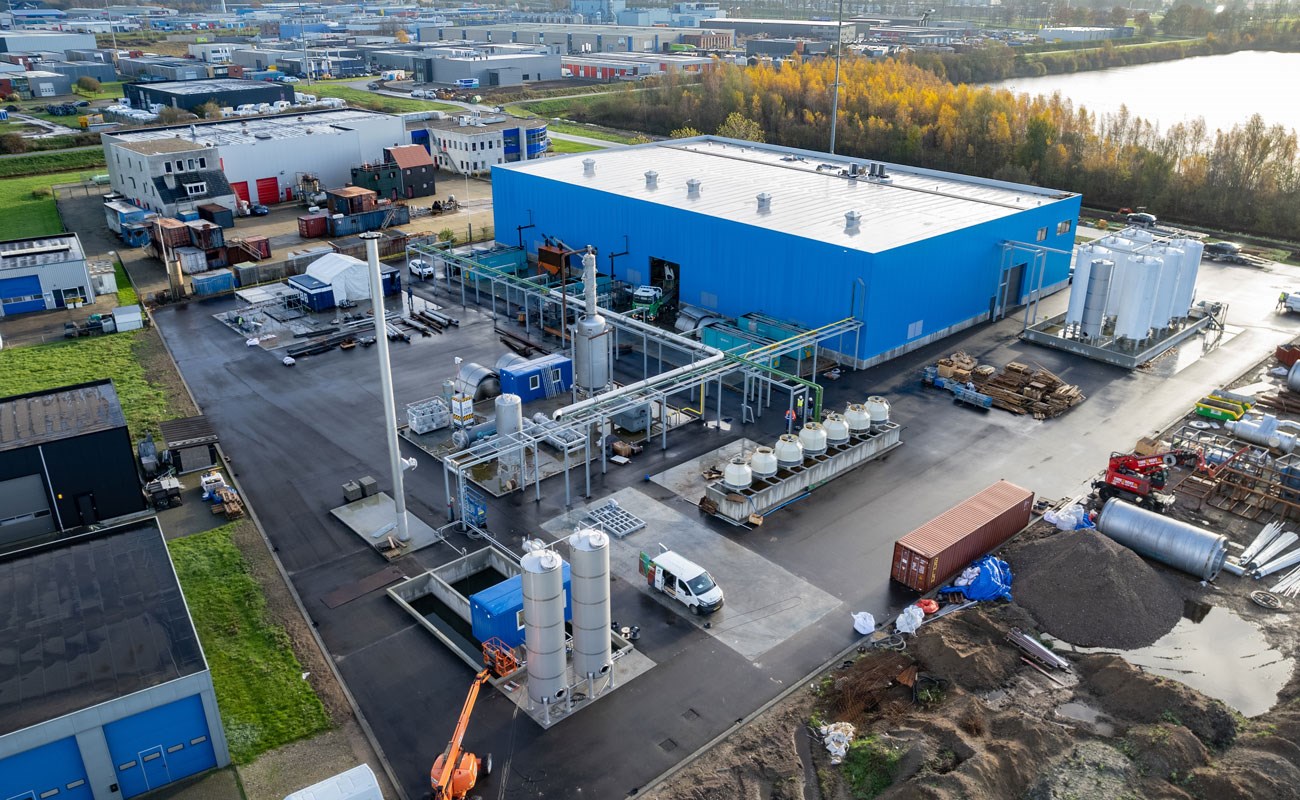12
0
1
Key Issues to take into account When Picking a Pyrolysis Plant
41
NO.99 South University Road, Zhengzhou City, Henan Province, China
1
Choosing the right pyrolysis plant is crucial for individuals and businesses seeking to venture into the field of waste management and resource recovery. This article explores the key issues that should be taken into account when selecting a pyrolysis plant, highlighting the factors that influence its efficiency, sustainability, and economic viability.
Issue 1: Processing Capacity
To ensure the plant meets the desired operational needs, it is essential to determine the required processing capacity. This involves assessing the volume of waste that needs to be processed within a given time frame. Additionally, understanding the plant's processing capabilities and limitations is vital to avoid bottlenecks and maximize efficiency.
Issue 2: Feedstock Flexibility
The ability of a pyrolysis plant for sale to handle different types of feedstock is a critical factor to consider. Examining the plant's compatibility with various feedstock options, such as plastics, tires, or biomass, allows for greater flexibility in waste management strategies. Furthermore, evaluating the availability and cost of different feedstock sources aids in determining the long-term viability of the plant.
Issue 3: Technology and Efficiency
The technology employed by the pyrolysis plant plays a significant role in its performance and efficiency. Assessing the technological aspects, such as the heating method, reactor design, and process control systems, provides insights into the plant's operational efficiency, energy consumption, and product yield. Opting for advanced and efficient pyrolysis technologies ensures optimal resource utilization and reduces operational costs.

Issue 4: Environmental Compliance
Environmental regulations and sustainability considerations are paramount in today's waste management landscape. It is crucial to evaluate whether the pyrolysis plant adheres to local and international environmental standards. Assessing the plant's emissions control measures, waste treatment procedures, and overall environmental impact allows for responsible waste management practices and minimizes adverse effects on ecosystems and human health.
Issue 5: Product Quality and Value
The quality and market value of the end products generated by the pyrolysis plant are crucial factors in determining its economic viability. Analyzing the specifications of the recovered products, such as fuel oil, carbon black, or syngas, ensures their suitability for various applications. Understanding the market demand and pricing dynamics for these products enables informed decision-making and maximizes the plant's profitability.
Issue 6: Cost and Return on Investment
Investing in a pyrolysis plant entails financial considerations. Evaluating the initial investment cost, including the plant equipment, installation, and infrastructure, is essential for budget planning. Additionally, analyzing the potential return on investment and calculating the payback period assists in assessing the plant's long-term profitability and viability.
In conclusion, selecting the right pyrolysis plant requires careful consideration of key issues. Evaluating the processing capacity, feedstock flexibility, technology, environmental compliance, product quality, and cost aspects ensures the plant aligns with the operational, environmental, and economic goals. By making informed decisions based on these factors, individuals and businesses can embark on a sustainable and profitable waste management journey.
Issue 1: Processing Capacity
To ensure the plant meets the desired operational needs, it is essential to determine the required processing capacity. This involves assessing the volume of waste that needs to be processed within a given time frame. Additionally, understanding the plant's processing capabilities and limitations is vital to avoid bottlenecks and maximize efficiency.
Issue 2: Feedstock Flexibility
The ability of a pyrolysis plant for sale to handle different types of feedstock is a critical factor to consider. Examining the plant's compatibility with various feedstock options, such as plastics, tires, or biomass, allows for greater flexibility in waste management strategies. Furthermore, evaluating the availability and cost of different feedstock sources aids in determining the long-term viability of the plant.
Issue 3: Technology and Efficiency
The technology employed by the pyrolysis plant plays a significant role in its performance and efficiency. Assessing the technological aspects, such as the heating method, reactor design, and process control systems, provides insights into the plant's operational efficiency, energy consumption, and product yield. Opting for advanced and efficient pyrolysis technologies ensures optimal resource utilization and reduces operational costs.

Issue 4: Environmental Compliance
Environmental regulations and sustainability considerations are paramount in today's waste management landscape. It is crucial to evaluate whether the pyrolysis plant adheres to local and international environmental standards. Assessing the plant's emissions control measures, waste treatment procedures, and overall environmental impact allows for responsible waste management practices and minimizes adverse effects on ecosystems and human health.
Issue 5: Product Quality and Value
The quality and market value of the end products generated by the pyrolysis plant are crucial factors in determining its economic viability. Analyzing the specifications of the recovered products, such as fuel oil, carbon black, or syngas, ensures their suitability for various applications. Understanding the market demand and pricing dynamics for these products enables informed decision-making and maximizes the plant's profitability.
Issue 6: Cost and Return on Investment
Investing in a pyrolysis plant entails financial considerations. Evaluating the initial investment cost, including the plant equipment, installation, and infrastructure, is essential for budget planning. Additionally, analyzing the potential return on investment and calculating the payback period assists in assessing the plant's long-term profitability and viability.
In conclusion, selecting the right pyrolysis plant requires careful consideration of key issues. Evaluating the processing capacity, feedstock flexibility, technology, environmental compliance, product quality, and cost aspects ensures the plant aligns with the operational, environmental, and economic goals. By making informed decisions based on these factors, individuals and businesses can embark on a sustainable and profitable waste management journey.
Signatur